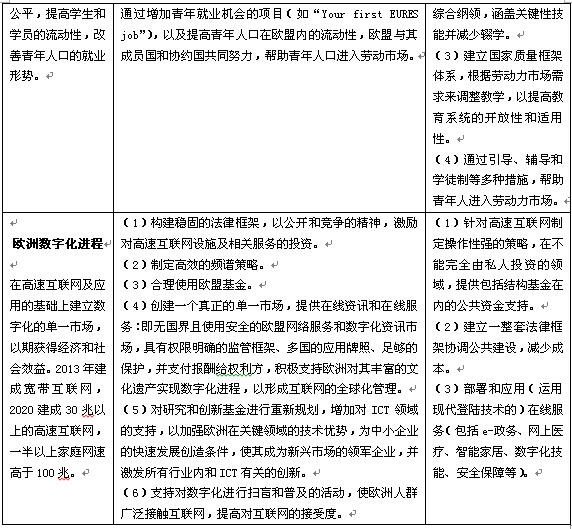标志重捕法(一)
重捕标记法
本科学生实验报告
姓名_吕红梅___ 学院__生命科学__ 专业_生物科学___ 班级___2010级A班 实验课程名称__种群数量调查 ——标记重捕法 ________
指导教师及职称 _ 吴王桥____ 开课时间 学年_ 第二 _ 学期
标志重捕法(二)
标志重捕法实验报告
Population Quantity Investigation
(Marked-Recapture Method)【标志重捕法】【标志重捕法】
Name: Ramsey (Shi Mu-xin) Number: 201321031101
1. Investigation Objective
(1) Study and grasp the utilization of Marked-Recapture Method, and use it to record the number of community from this experiment. Grasp the method of how to mark the individual creatures. Learn the calculating method.
(2) Investigate the number of Pseudorasbora Parva in the BUA’s pool which is nearby relational area.
2. Research Method
(1) Definition: Capture a part of individuals from this population which live in this surrounding. Mark this part of individuals and let them return the surroundings they live. About a period later, recapture this part of individuals, calculating the number of this population underlies the ratio of one individual which occupies the overall number. This is one of the methods which is often used to investigate population density.
(2) Statistical Principle: Underlie some creature which can move flexible in a pointed area and be investigated. While, referring the cultural individuals’ ratio relationship has influence on overall number by mathematics method.
(3) Theoretical Calculation Formula: N=M*n/m
(4) Premises and Assumptions: It will get stable figures, marked individuals can distribute among the overall individuals, re-marked operation can not impact the behavior and death of animals.
3 Operation Procedure
(1) First day, we selected a pool which is nearby relational area and utilized a fish cage which is contained with some chicken bones. We made our mind to catch 20 Pseudorasbora Parva(Because it has strong survival capability and it has active action) and mark it. First of all, we chose the needle filled ink to inject the fish, but we found it is tough to operate. Hence, we used a clipper to cut a small piece of fishes’ tail one by one and let them return to the pool. We still put some chicken bones in the cage and waited for a day.
Fig.1 Experiment Place
(2) A day later, we returned back to the pool, and we got 41(at least 40) Pseudorasbora Parva from the cage, and we observed whether the fishes’ tail is cut or not one by one cautiously. After that we let them
return to the pool, because they need be alive too.
Fig.2 Marked Method
(3) After observation, we got 1 fish which was cut from these 41 fish.
Fig.3 Re-marked Fish
(4) After calculation, we got N=820
4. Error analysis and Result
(1) We thought Pseudorasbora Parva informed their friends that there was a track to get them, and they would not be caught again.
(2) We were convinced that we damaged their balance capability and they got eaten by The Brazilian Tortoise.

After serious consideration, we got a result that the population we calculating is relative correct except these two random errors.
The population of Pseudorasbora Parva in this pool is about 820. (Specific figures in the table)
M n m N
标志重捕法(三)
标志重捕法及其误差分析
龙源期刊网 .cn
标志重捕法及其误差分析
作者:刘军
来源:《考试周刊》2013年第69期
江苏省2012年高考考试说明要求生物学科的命题从普通高中生物教学实际出发,充分发挥高考的积极导向作用,有利于中学全面实施素质教育和对学生创新精神与实践能力的培养,以能力立意为主导,考查考生对所学相关课程基础知识、基本技能、基本思想、基本活动经验的整体掌握程度和综合运用所学知识发现问题、提出问题、分析、解决实际问题的能力。在理解所列知识的基础上,能在较复杂的情境中综合运用其进行分析、判断、推理和评价。本文结合种群密度的调查方法之一——标志重捕法的教学培养学生综合运用所学知识发现问题、提出问题、分析和解决实际问题的能力。
1.标志重捕法
在被调查种群的生存环境中,捕获一部分个体,将这些个体进行标志后再放回原来的环境,经过一段时间后进行重捕,根据重捕中标志个体占总捕获数的比例估计该种群的数量。设某种群的总数为N,第一次捕获并标记的个体为M,一段时间后,在原来的捕获点再次捕获一部分个体,并记录个体数为n,其中已标记的为m,则理论计算公式N∶M=n∶m。【标志重捕法】
2.适用范围
活动能力比较强、活动范围较大的动物,如哺乳类、鸟类、爬行类、两栖类、鱼类和昆虫类等。
3.注意事项
3.1公式成立的条件。
(1)标记个体与未标记个体在重捕时被捕获的概率相等;
(2)在调查期内没有新的个体出生和死亡,没有迁入和迁出;
(3)标记个体在种群要均匀分布。
3.2标记技术。
标记方法是多种多样的,同位素饲喂,电子设备,遥控设备,挂环等,这些标记技术要求:
(1)标志不能过于醒目。
标志重捕法(四)
必修3 第四章第一节 《种群的特征》教学设计
一、教材分析:《种群的特征》这节内容是人教版必修三第四章第一节内容,是学生在前面刚学了稳态及其调节机制的基础上,进一步从宏观层次来分析生命系统的特征。因此本节内容就是要从种群这个层次来探讨生命系统的内在规律。 二、教学目标
1.知识目标:(1)列举种群的特征 (2)掌握种群密度的调查方法
2.能力目标:(1)尝试模拟种群密度的调查方法(2)利用种群的特征来分析解决实际问题
3.情感态度和价值观:认同事物的发展性和多面性
三、教学重点和难点
1. 教学重点:种群的特征:种群的特征之间的相互关系;种群密度的调查方法。
2. 教学难点:如何引导学生探讨模拟估测某种生物在一定地域范围的密度。
四、课时安排:1课时
五、教学准备:课件 黄豆 烧杯 蓝色塑料盘 A4纸(画满五角星和三角形)
六、教学过程
七、教学反思
1.本节教学设计的核心是用样方法测定种群的密度。而样方法的学习,如果仅仅是直接告诉学生如何去做,怎样计算,该注意什么,学生则失去了体验的是机会,撇开实际问题去讨论科学方法则使学生无法内化样方法。基于此,我设计了模拟调查种群密度的活动,由易到难,逐步引导学生,启发学生,鼓励学生,由学生自己总结出样方法,充分调动了学生的主观能动性,并把生物学的实际问题和数学计算有效融合在一起,学生解决实际问题的能力有所提高。
2.在利用黄豆(染色和未染色的)引入标志重捕法的活动中,台上学生的活动充分抓住了学生的注意力,并在此时加以有效引导,如提出问题:活动能力较强的动物该如何调查种群密度。学生能够很快的进行思考,并提出各种解决方案,最后进行总结,水到渠成。
3.种群密度这一种群数量的核心特征,在活动中学生有了充分的认知。学生在活动中体验到了快乐,思维很活跃,其他种群特征的学生也会描述其内在联系,如:(1)出生率和死亡率对种群数量的影响;(2)年龄组成与出生率和死亡率的关系。
4.本节课也有缺憾之处,没有让学生最后计算蒲公英的种群密度而草草结束活动,没有让学生得到最充分的活动体验。
http://m.zhuodaoren.com/fanwen373309/
推荐访问:标志重捕法误差分析 标志重捕法公式




